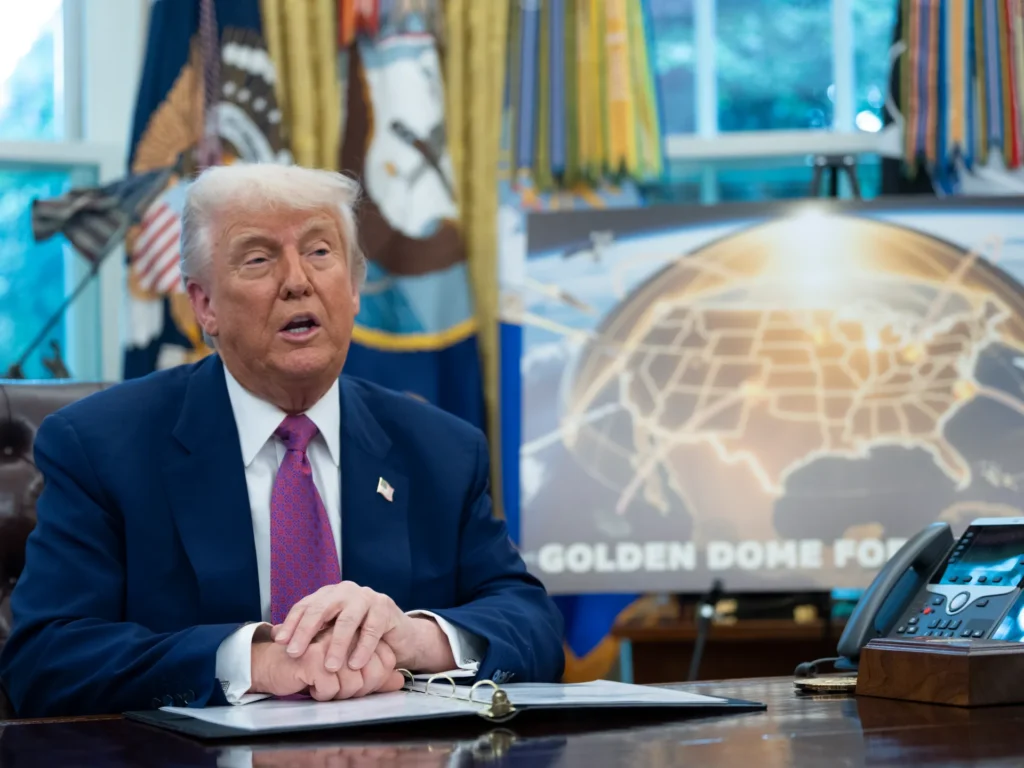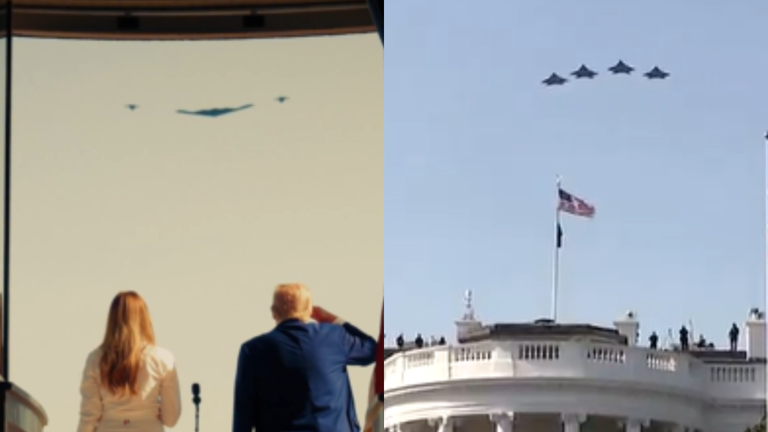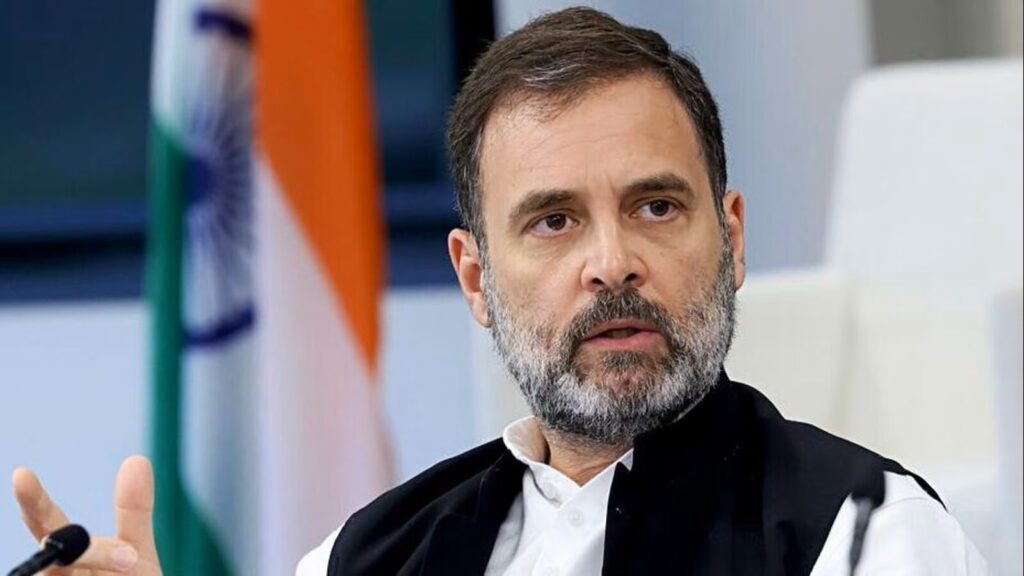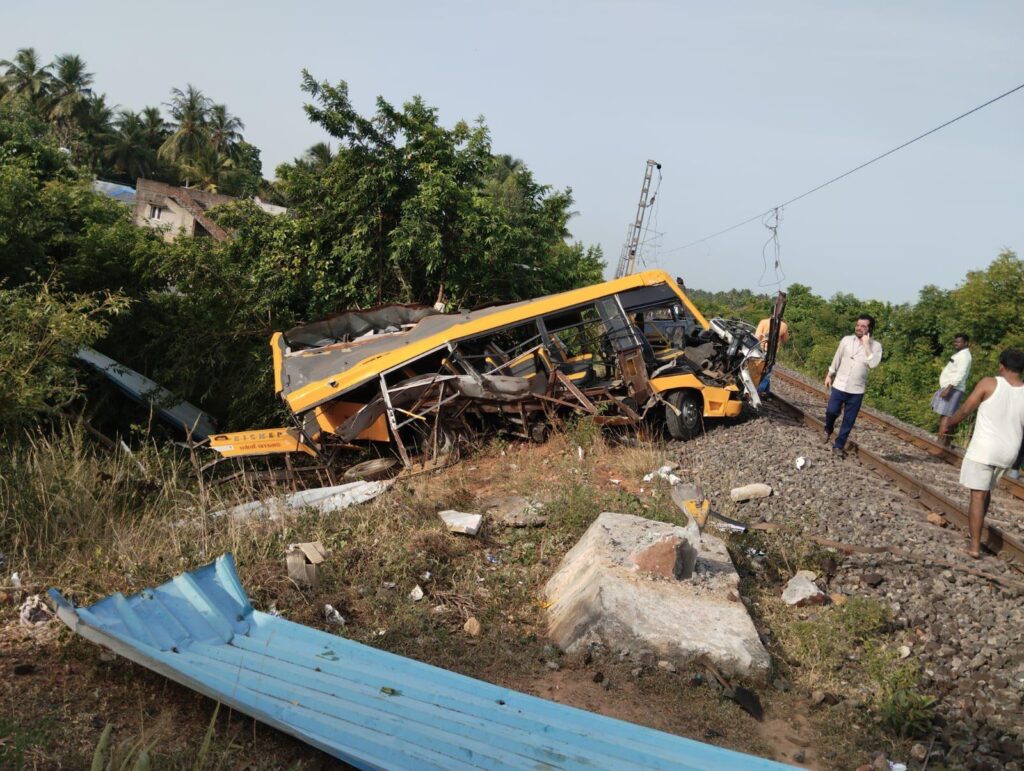What Is Trump’s “Golden Dome” and Why Does It Matter?
Former President Donald Trump has proposed an ambitious and controversial national missile defense system dubbed the “Golden Dome.” Inspired by Israel’s Iron Dome but expanded dramatically in scale and scope, the system would use space-based and ground-based technologies to protect the entire United States from an evolving range of threats, including ballistic missiles, hypersonic weapons, cruise missiles, and drones.
The plan draws parallels to Ronald Reagan’s “Star Wars” Strategic Defense Initiative from the 1980s but aims to achieve what no other nation has: a fully operational, space-based, multi-layered missile shield. With a projected cost of up to $500 billion and a promised deployment timeline of 2029, the Golden Dome is both a geopolitical power move and a technological moonshot.
Donald Trump unveils a $175 billion ‘Golden Dome’ missile defense shield plan.
— Pop Crave (@PopCrave) May 20, 2025
It aims to protect the United States against threats from North Korea and elsewhere. pic.twitter.com/z0QqgXtS0N
How Will the Golden Dome Work—and What Makes It Different from the Iron Dome?
The Golden Dome isn’t just an American version of the Israeli Iron Dome. It’s a multi-layered defense architecture designed to intercept threats in all stages—boost, midcourse, and terminal—using an integrated combination of space-based satellites, land-based radars, and interceptors.
Key Features:
- Space-Based Interceptors: Hundreds or thousands of satellites equipped with advanced sensors and missile-killing capabilities orbit Earth to detect and neutralize incoming threats, particularly in the boost phase, when missiles are most vulnerable.
- Directed-Energy Weapons: Trump’s plan hints at future use of lasers and particle beams to neutralize targets instantly.
- Nationwide Coverage: Unlike Iron Dome, which protects small regional areas, Golden Dome would shield the entire continental US from long-range and high-speed threats.
The technological ambition is immense—moving from land-based radar and interception to a real-time, AI-enabled, space-operating defense grid.
What Are the Major Challenges Facing the Golden Dome?
The Golden Dome missile defense initiative faces several formidable challenges that cast doubt on its feasibility within the proposed timeline and budget. First and foremost are the technological hurdles—intercepting missiles, especially during the boost phase from space, is widely regarded as extremely difficult. This requires unprecedented advances in sensor accuracy, satellite maneuverability, real-time data processing, and autonomous decision-making systems, none of which are currently mature at the scale envisioned.
Additionally, the integration of directed-energy weapons like space-based lasers remains largely experimental. Financially, the massive cost—estimated between $175 billion to over $500 billion over two decades—raises concerns about affordability and sustainability, particularly when weighed against other pressing defense priorities. Critics argue that such a program could lead to significant trade-offs, including cuts to conventional forces. Finally, the plan poses serious geopolitical risks. Deploying offensive or defensive weapons in space could breach long-standing arms control agreements and provoke rivals like China and Russia, potentially igniting a new arms race in space. These nations have already voiced strong opposition, suggesting that the Golden Dome could destabilize strategic balances and increase global tensions.
Who’s Leading the Project and What’s the Strategic Goal?
Trump appointed General Michael A. Guetlein, a top figure in the US Space Force, to head the Golden Dome initiative. His appointment signals a strategic pivot toward space dominance as a core element of national security.
.@SpaceForceDoD Gen. Michael Guetlein, who @POTUS appointed to oversee Golden Dome development: "Golden Dome is a bold and aggressive approach to hurry up and protect the homeland from our adversaries. We owe it to our children and our children's children to protect them." pic.twitter.com/gJpbQ1FUlO
— Rapid Response 47 (@RapidResponse47) May 20, 2025
Strategic Objectives:
- Protect US Homeland: Against new-generation threats including hypersonic missiles that current systems can’t reliably intercept.
- Establish Space Superiority: Cementing the US as the undisputed leader in space defense.
- Boost National Prestige: A fully operational space defense would be a monumental display of US technological prowess and global power projection.
Trump on the Golden Dome: “Canada wants to be a part of it, which would be a fairly small expansion, but we’ll work with them on pricing.”
— The Post Millennial (@TPostMillennial) May 20, 2025
pic.twitter.com/aHsm5asRcO
Canada has expressed interest in joining the Golden Dome initiative, signaling potential allied cooperation. Meanwhile, global allies observe cautiously as adversaries like China and Russia gear up with strategic countermoves. The Golden Dome isn’t just about defense—it’s a diplomatic statement, a technological challenge, and a massive gamble on the future of military strategy.
Trump’s Golden Dome aims to build the world’s first comprehensive, space-based missile defense system capable of intercepting everything from nuclear missiles to drones. While the technological ambition is undeniable, the project faces enormous hurdles in cost, engineering, and international diplomacy. If successful, it could redefine national security. If not, it risks becoming another overbudget, underdelivered defense dream.





















